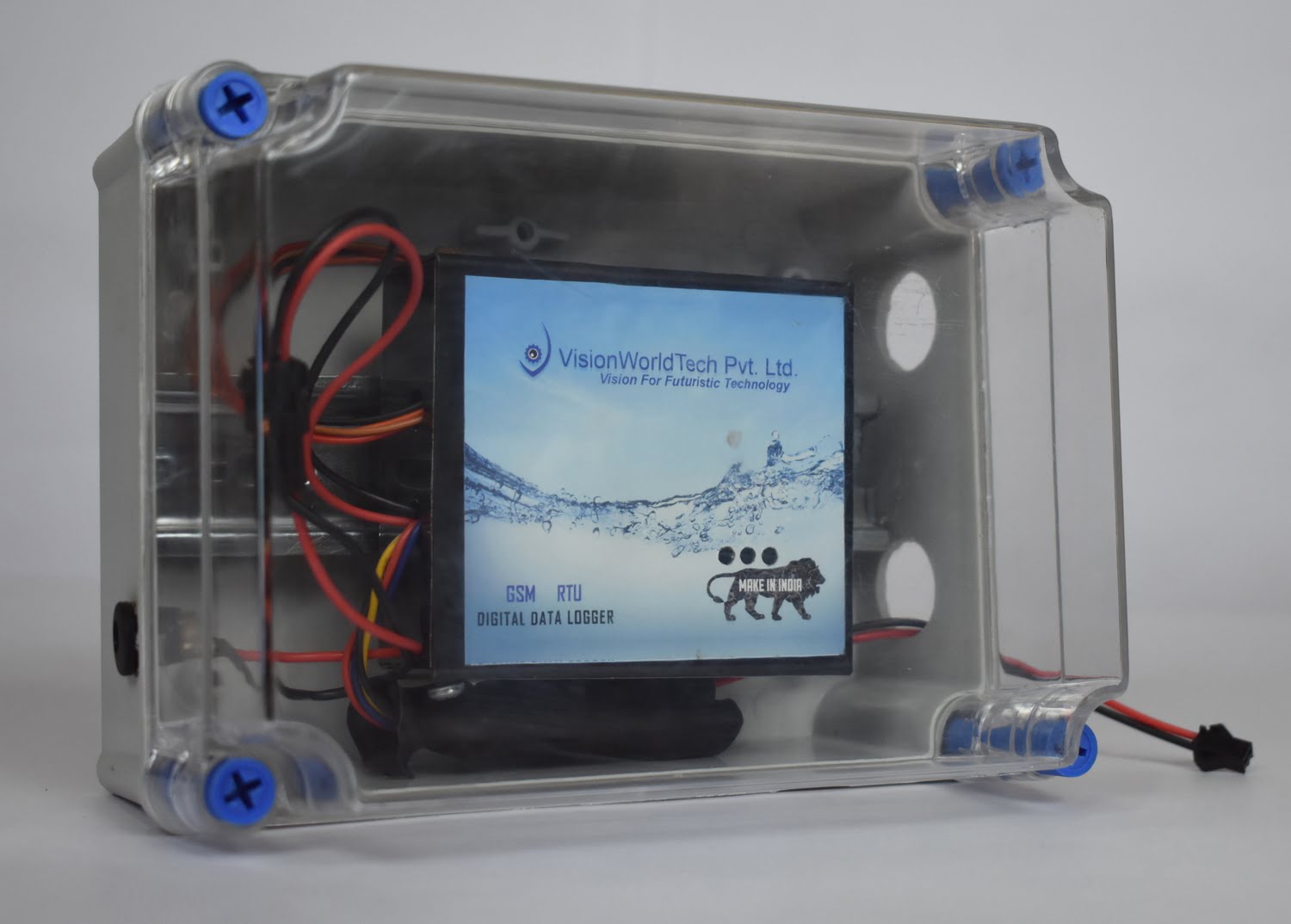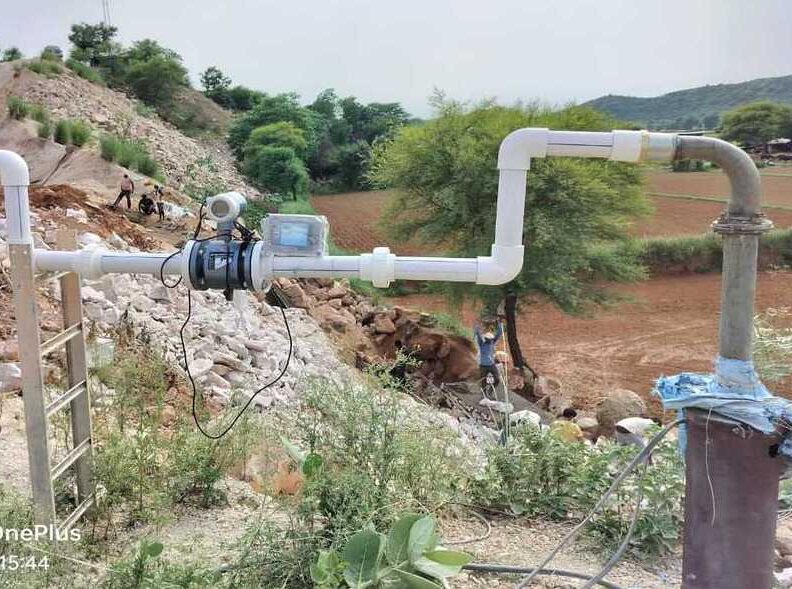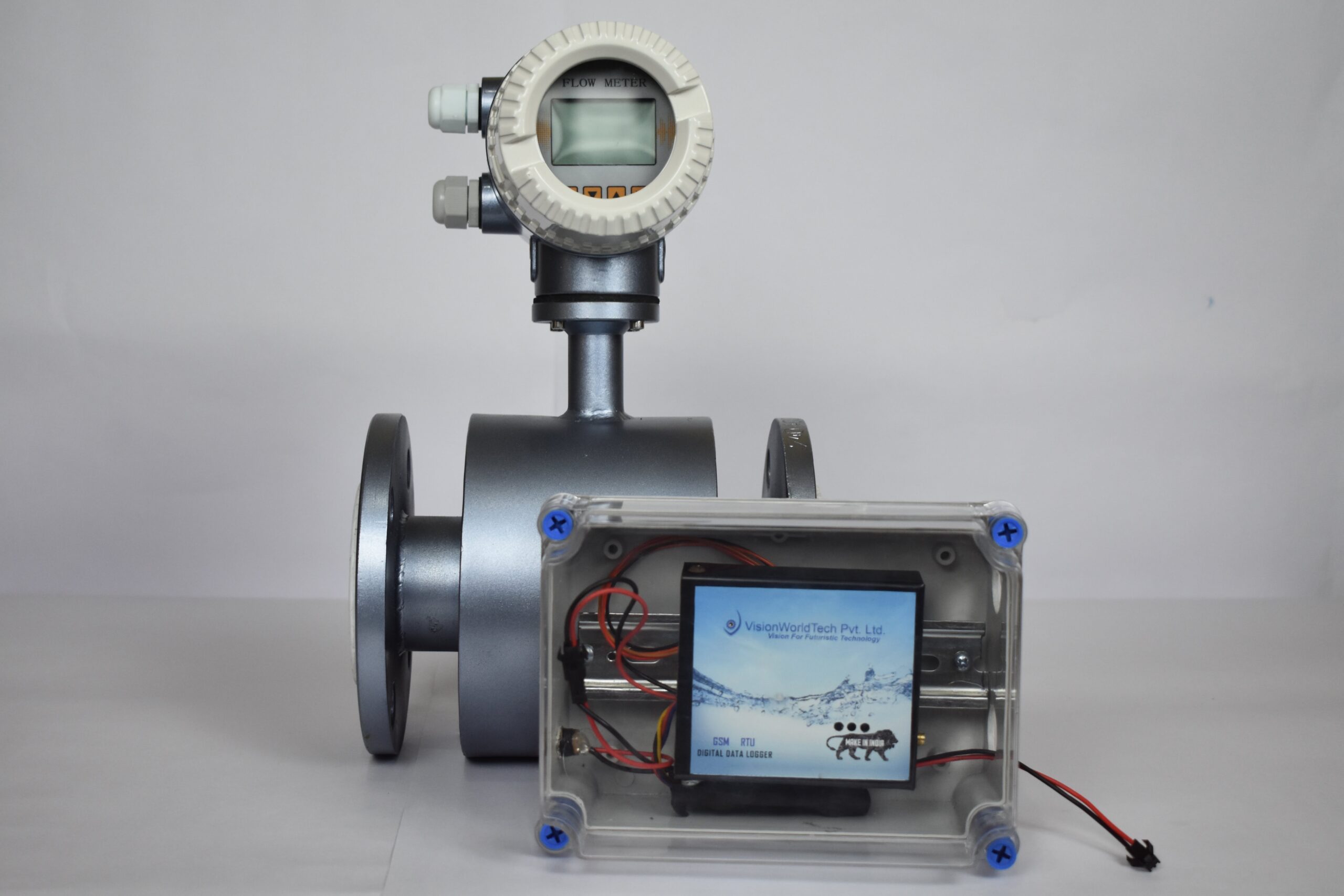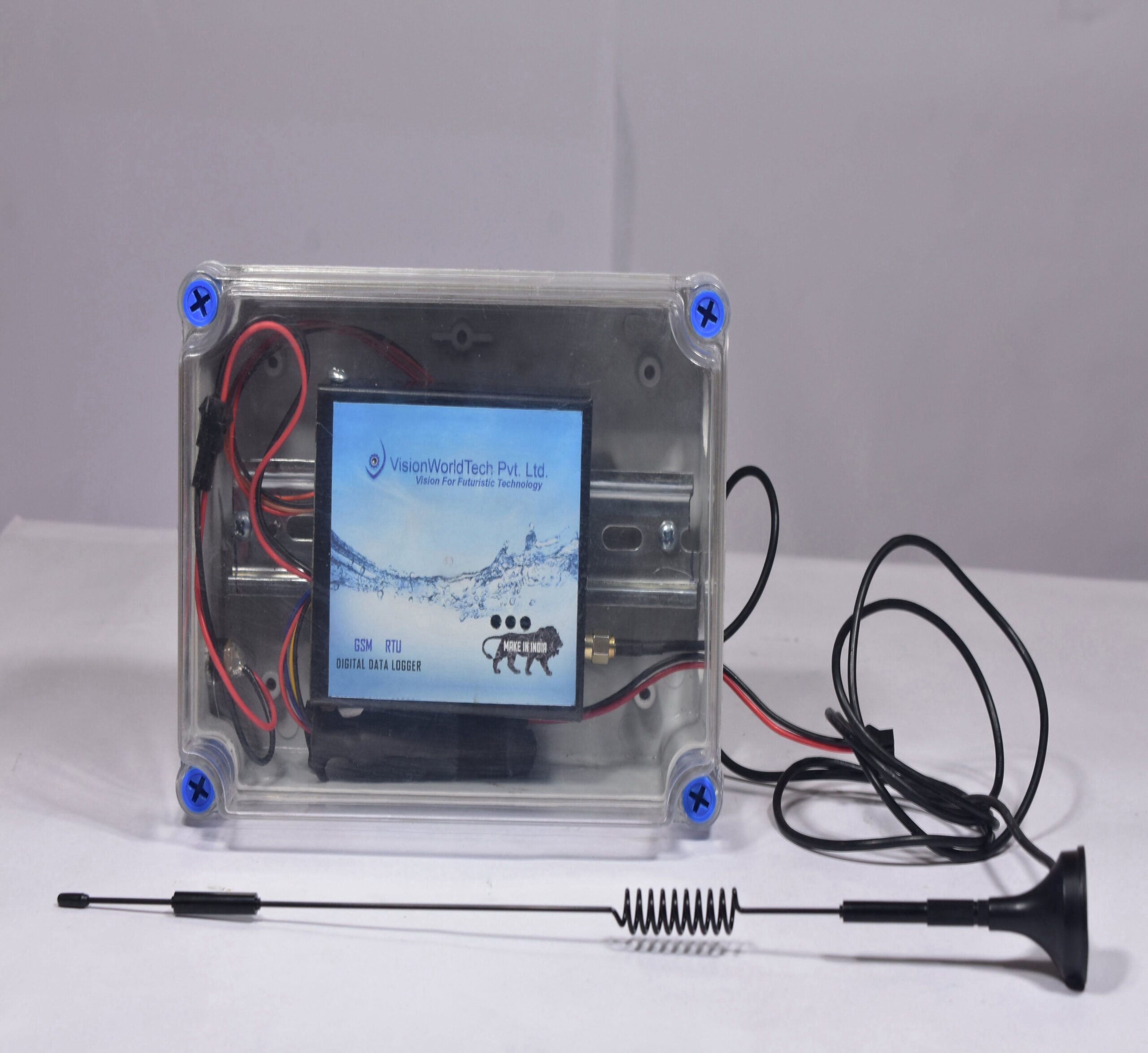
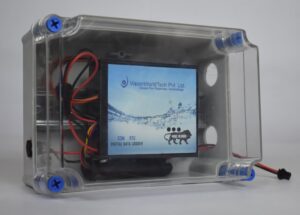
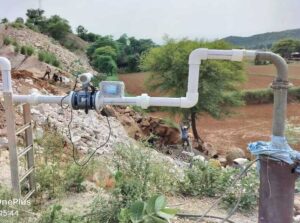
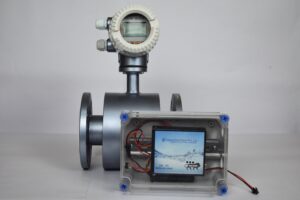
Telemetry System
READY STOCK AVAILABLE FOR DETAILS CONTACT +91-8505000822
Telemetry System is equipment that helps to collect the data from a Sensor or other methods and send that data to Servers masterarbeit schreiben lassen. Telemetry Systems are mostly wireless systems.
Features of Telemetry System:
Easy Integration system for real-time data monitoring.
The system is capable to read RS485 Data Stream, Analog Input & 4-20mAmp.
The System auto recognizes the data points and sends the missed data on the next transmission.
GSM QUADBAND (850,900,1800,1900 MHZ )A
Available in 2G/4G Specification
**Specifications and pricing may vary based on your specific needs and requirements.
| Model | VIFLOW-TM |
| Support | 2G/4G |
| GSM Quad Band | 850,900,1800,1900 MHZ |
| Communication Protocol | RS485 (Modbus RTU/ASCII) / 0 – 10 VDC |
| Supported Sensors | Any sensor with RS485 output (e.g., flow meters, pressure sensors, temperature sensors, etc.) |
| Data Rate | Hybrid, Analog, DigitalConfigurable: 9600 bps, 19200 bps, 38400 bps, etc. |
| Power Supply | 12V/24V DC or 230V AC (with inbuilt SMPS) / Battery |
| Interfaces | USB and optional GSM/GPRS for remote access |
| Protocol Support | Modbus RTU & HTTP |
| Environmental Protection | IP65 Enclosure for harsh environments |
| Operating Temperature | -20°C to 70°C |
| Humidity | 10% to 90% RH (non-condensing) |
| Mounting Options | Wall-mounted, DIN rail-mounted |
| Alarm Notifications | Email, or On-screen alerts |
| Data Transmission | Remote server, or cloud-based via telemetry |
| Software Interface | Web based software for configuration and monitoring |
| Certifications | ISO 9001:2015, CE Certified |
| SIM Support | VI/JIO/Airtel |
Industrial telemetry system can also be understood a hardware systems that is connected with Sensors ( Digital / Analog) also with a data transmission Unit. Because A telemetry systems usually throw the data to servers so, there must be a Software systems that represents whole data to a user also with others.
Transmitting: It consists of all the Input Units which comprises Sensors (Flow Meter, Level Sensors and Proximity Sensors also, etc), Transducers.
Telemetry System Link: All the data as received might be in the form of Pulse, Current, or Voltage process in this stage. basically we are understanding this as a converter reason because here signal converts into the Machine Code.
Receiving Station: This is the receiving end because here all the data gets received and processed. In this region, so user can check the data.
Telemetry System basically wireless systems because they are installing in remote places where it’s hard to collect the data. In Jaipur Rajasthan The Best Wireless and industrial telemetry Suppliers Vision world tech Pvt.Ltd
Applications:
Long-term groundwater and surface-water monitoring.
Event Notification, flood warning system.
Water Management (STP/ETP)
Support:
24*7 Technical Support.
Troubleshoot deployment issues by using an external mode.
Duplicate logs on the data logger and the telemetry system for confidence in the most remote location.
And for Installation Guide for Telemetry: Click Here
Technical Query :
Mr. Vachan Singh Rathore: +91-8505000822
